Question: How old does a piece have to be to be considered an antique?
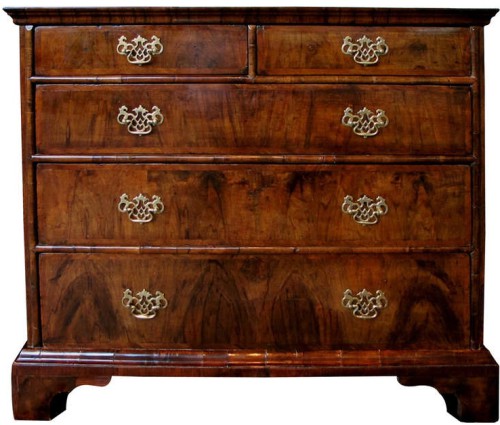
Answer: Thank you for your question! I get asked this almost every day and yet I never get tired of giving an answer. The definition is both simple and complicated and can vary depending on who you ask. Let’s start with the simple.
U.S. Customs says an antique is anything over 100 years old….
“For U.S. Customs and Border Protection purposes an antique must be over 100 years of age at the time of importation. Antiques classified under heading 9706 in the Harmonized Tariff Schedule (HTS) are duty-free, provided the importer has proof of the goods’ age (i.e. the year of manufacture). Certain items, namely original artwork, pearls, semi-precious and precious stones, stamps, coins, and collector’s pieces (see 9705 for details) should be classified under other provisions of Chapter 97, (or 71 for stones) even if they are antiques.”
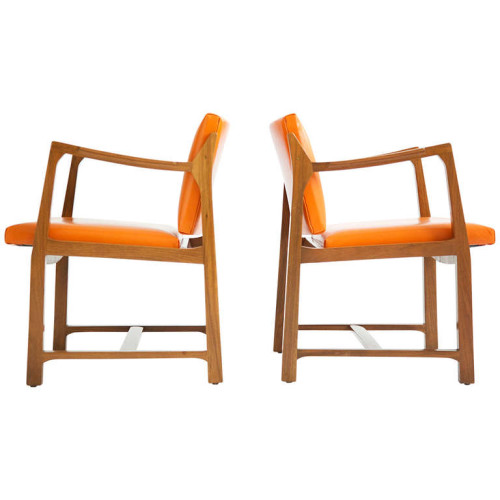
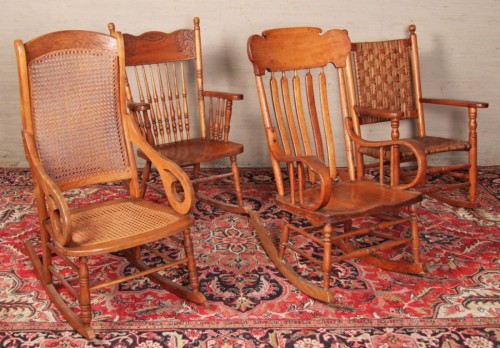
There’s a story behind this definition and I shall relay it to you shortly, but to answer your question…current industry standard is anything over 100 years old. A purist will tell you it’s anything pre-industrial…pre-machine. A mid-century dealer or designer might tell you that it’s anything aesthetically or historically significant. In technical terms, your great-grandmother’s 1915 Sears catalog rocker is an “antique” and your grandparents’ Edward Wormley chairs from the 1940s are simply “vintage,” though the Wormley chairs are far more valuable. While the 100-year mark is a simple and well-founded definition (and having an industry standard makes life easier for a dealer or an appraiser when identifying and representing pieces), it’s also complicated because the word “antique” frequently has a long-standing connotation of possessing both (1) high value, and (2) quality craftsmanship. In some cases neither of these attributes can be attached to antiques, especially in today’s market. The “vintage” Edward Wormley chairs from 1948 are selling on 1stdibs for $13, 200 and the “antique” 1915 oak rocker from the Sears catalog is worth $100 at best. Many times vintage pieces have poor craftsmanship and a high “market value,” and a good 19th century English chest of drawers has excellent craftsmanship but in today’s market is at an all-time low price-point compared to the past. Pre-industrial furniture made before the 1830s is made with a quality of craftsmanship rarely seen since, yet prices are historically low. In fact, this is one of the best times in recent history to buy 18th and 19th century antique furniture.
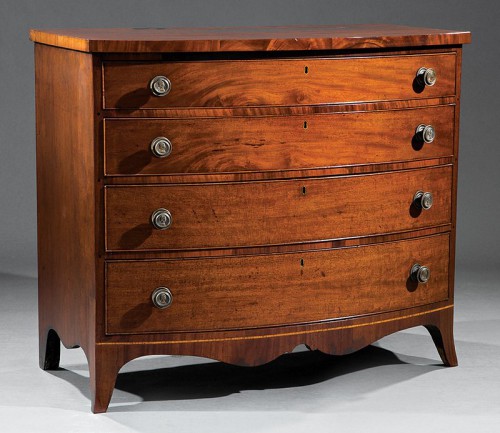
In the last few years, the term “antique” has grown more broad and is frequently confusing and over-used. To understand the US Customs definition we have to go back to the 1930s. Prior to this time the Customs Office did not really regulate imports of antiques. In Europe, an “antique” meant something very different and quite frequently referred to something from true antiquity as in ancient Greece or Rome. In America, at that time, an antique could mean something from the pre-industrial era or the Civil War.
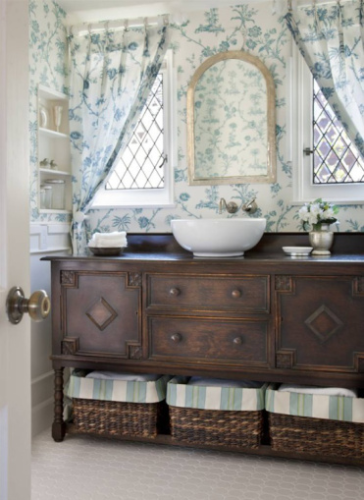
In an excellent article from the Antiques Roadshow, we are told that, “Seeking clarity (and a guidepost for what to collect duty on), the Customs Office polled dealers for a definition and from these formulated one of its own. Antiques, they concluded, were objects that pre-dated the mass production of objects in the 1830s. Since the defining moment went back about 100 years, the office defined an antique as something made over 100 years ago. Duty was collected on objects younger than the century-old divider, and it still is.”

Interestingly this accepted definition came about exactly 100 years after large quantities of furniture started to be made in factories. Though I can appreciate both the purists’ insistence that a piece be pre-industrial to be considered an antique, as well at the mid-century dealers’ claim that anything aesthetically and historically significant counts, I feel comfortable with the old 1930 US Customs claim that anything over 100 years old is an antique. Analysis of value and craftsmanship aside, the beauty of such a simple definition is that it allows a run-of-the-mill, primitive, nothing-of-a-piece to one day earn the prestigious title of being an “antique,” while the highly valuable, outlandish chrome sofa by a famous Swedish designer must wait its turn and be content to simply be “vintage” for a little while longer….at least until it grows up a bit and proves that it can stay together for 100 years.
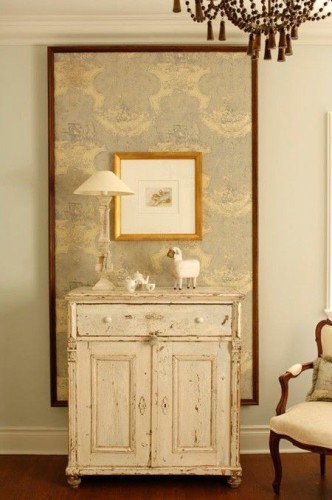
Courtesy of Art & Antiques Show Blog, The Women’s Board Benefiting Wolfson Children’s Hospital






0 responses so far ↓
There are no comments yet...Kick things off by filling out the form below.
You must log in to post a comment.